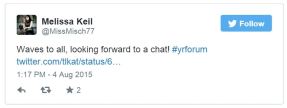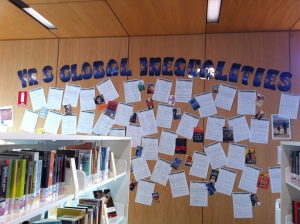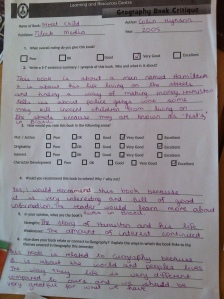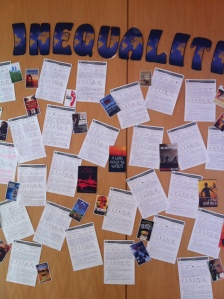It’s been almost a week since the CBCA winners announcement, and this year Claire Zorn’s ‘The Protected’ took away the coveted title of CBCA Older Reader Book of the Year. A win well deserved; the title was well-received by the students I have the pleasure of working with.
But although we’re heading towards the end of Book Week activities, there is one event a horde of year 9 students across several schools are holding their breath in anticipation for: YOUTH REVIEW FORUM!
What is Youth Review Forum, you ask? Well, each year, groups of avid year 9 readers from several schools across Sydney take part in an initiative designed to give students a voice regarding the six Older Reader titles short listed by the Children’s Book Council of Australia. The Youth Review Forum fosters discussion and debate about what has been deemed the crème de la crème of Australian Young Adult fiction. To read more about the Youth Review Forum go here.
This year’s Short List offered the following titles:
With the date for the Youth Review Forum this upcoming Monday, most of my eager year 9 readers have finished all six titles. Their opinions on each of the texts are interesting to say the least, and I’ll unpack their thoughts on the Short List in a blog post to come at a later date. All I’ll say at this point is that, although the group enjoyed ‘The Protected’, it has named The Incredible Adventures of Cinnamon Girl and The Intruder as their stand-out favourites. I contacted Melissa Keil and Christine Bongers to line up a twitter chat with my students and the talented writers were happy to oblige.
Click on the images below, to read the storified chats. And keep your eye out for @tlkat’s tweets on Monday morning, August 31, where I’ll be madly tweeting the varied views and heated opinions of young adult readers as they discuss the CBCA Older Reader titles at the Youth Review Forum #yrforum







